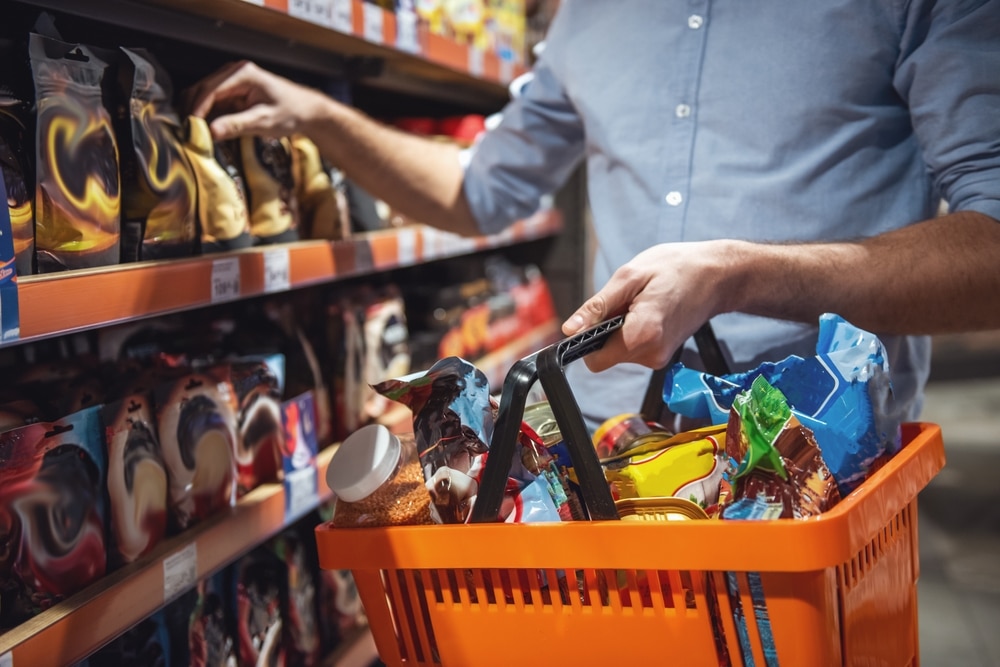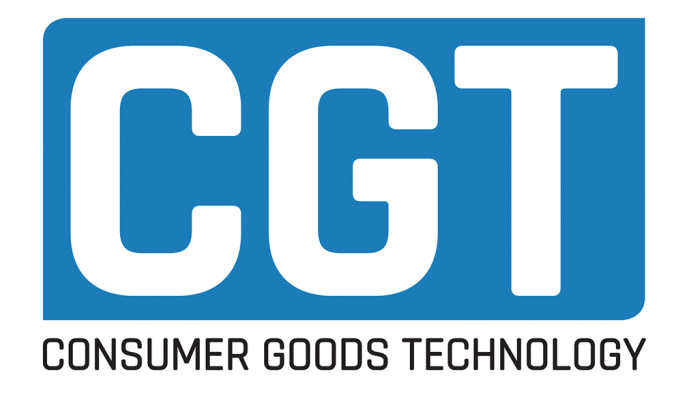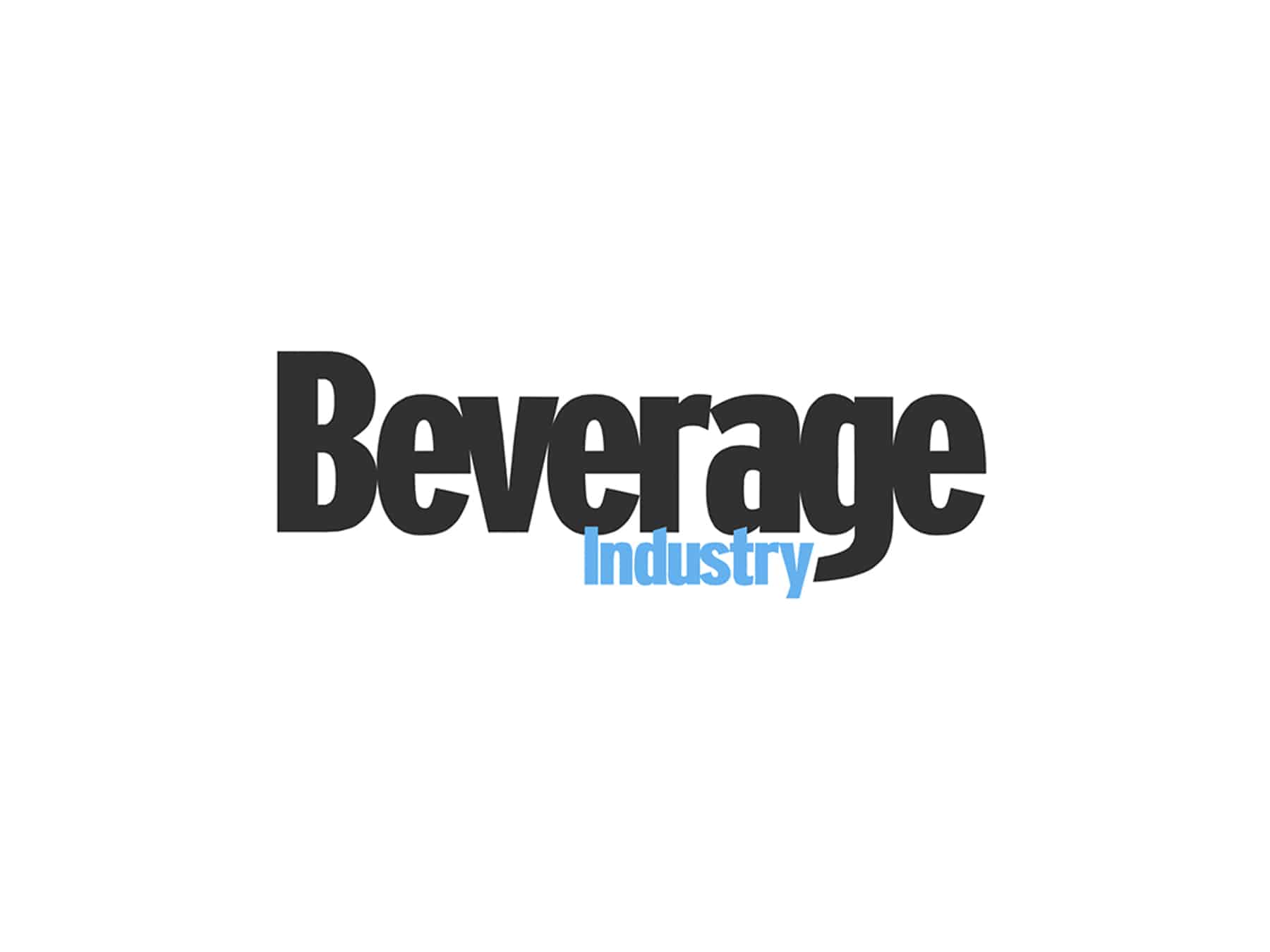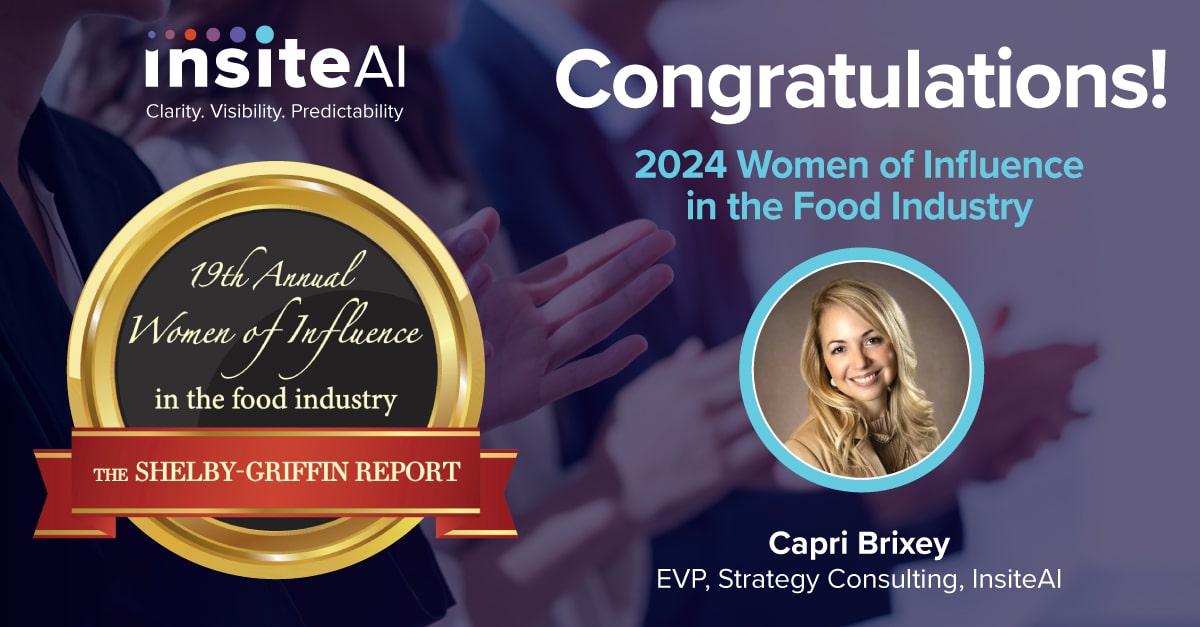
Insights help arm a brand with the knowledge that can lift an entire category for a retailer, earning them category advisor roles at coveted retailers.
The candy category is much more than the Halloween season and the impulse rack at the checkout lane. It’s an innovative $43 billion business, increasing sales annually, partly due to inflation, but also due to consumers seeking an affordable way to treat themselves. Retailers too are developing a larger in-store presence for the category.
Retailers frequently lean on candy to deliver innovative opportunities for sales growth inside the stores.
For candy brands, however, navigating the shifts in consumer behavior can be difficult, knowing that the products are largely bought on impulse. How do you effectively target a consumer who may not know they want that sweet treat yet?
On top of that, brands need to understand behavior shifts at a wide range of retailers such as mass merchants, club stores, traditional grocers, c-stores, drugstores, dollar stores and hard discounters — and even sporting goods and apparel are in the game.
Factor in consumer trends such as seeking smaller pack sizes and using social media for inspiration, and predictive analytics and machine learning can become major tools to help craft a winning candy strategy.
Uncover candy trends
According to a report this year from the National Confectioners Association (NCA), annual sales in both non-chocolate candies and the gum/mints categories increased by nearly 14%, comparing 2022 annual sales to 2021.
The candy category values innovation and has produced wild flavors in novelty non-chocolate candies, sour chewy offerings and hard candies driving these sales and reaching a growing interest among millennial and Gen Z markets. But there are other behavioral trends and product trends to take note of, too:
- Portion control. According to the NCA report, eight in 10 consumers seek smaller pack sizes to help curb how much they eat. The report also noted that consumers are seeking guidance from brands on appropriate portion sizes, factoring in calories, sugar and the impact of natural ingredients.
- Healthier and functional candy. Consumers are increasingly looking for candies that offer health benefits, such as low-sugar, sugar-free, organic and fortified options. Functional candies with added vitamins, probiotics or other health-promoting ingredients are gaining popularity.
- Nostalgia brands. Nostalgic or retro brand candies from the past continue to make a comeback, appealing to consumers who want to relive childhood memories through their favorite sweets.
- Multi-channel purchases. The NCA report found nearly 60% of consumers said they buy candy at checkout in the impulse section, but they’re also buying in three to four different channels. Less than 10% of consumers exclusively buy candy online, but a third said they buy in-store and online.
- Social presence. Candy consumers are active on social media, with nearly 60% of consumers surveyed in the NCA study saying they access their networks for inspiration on products to buy or use with recipes, and to simply engage with the brand. Candy brands are increasingly leveraging social media platforms and partnering with influencers to expand reach and engage with their target audiences.
Considering these trends, candy brands have a lot of shifting behaviors to wade through. However, this is where predictive analytics, AI, and machine learning can help them figure out which trends to pursue, at which retailers and in what ways. Brands can develop smarter strategies around pricing, promotions, and where to put products at checkout and in the candy aisle.
Brands can feed AI-powered engines a mountain of varying data: social listening, POS, shipment data, third-party global trend forecasts, loyalty information and more. The AI model reads the data and directives from the brand teams on price elasticity, promotions strategies, assortment optimization and other inputs to recommend decisions for their brand goals and category growth overall.
Let’s repeat that last part: the insights help arm a brand with the knowledge that can lift an entire category for a retailer, earning them category advisor roles at coveted retailers.
Sweeten sales for retail partners
As noted from the NCA data earlier, most consumers still rely on the checkout lanes for their impulse candy purchases. However, the data also states nearly 80% frequent the candy aisle, where retailers have been expanding assortments to bring more excitement to the category.
Major players like Walmart and Kroger have constructed expansive in-aisle sets for candy that push the retailers to become candy destinations, perhaps challenging c-stores and drugstores that have been often associated as a primary purchase destination for the category.
Part of this pivot from large format retailers is also to compete with value chains and general merchandise retailers also carrying candy. What’s more, the consumer behaviors around candy are much more than the impulse buy at checkout. Consumers are adding candy to their shopping lists as more wholesome ingredients make it a more acceptable indulgent treat.
Candy brands can help retailers make sense of consumer behavior changes by bringing AI-powered, robust data-driven insights such as:
- Should chocolate continue to receive the amount of space it’s getting based on its space elasticity?
- Is there room for expandable consumption inside stores, meaning can the store offer more candy even when they don’t need it, lifting a retailer’s bottom line?
- How much play should mini-size packages get, and should they be in bulk packages for consumers buying for extended at-home consumption?
Fine-tuned predictive analytics can answer these questions, helping brands develop the right products for their company’s success and sweeten sales for their retailer partners.
AI-powered platforms can change how candy brands work with retail partners, elevating a category from checkout lane to major players with grand merchandising sets and powerful growth strategies.
Dig deep with data
In today’s dynamic and highly competitive market, candy brands are constantly seeking innovative ways to stay ahead. With predictive data, brands can accurately forecast consumer demand, anticipate market trends and tailor their assortments accordingly. Not only does this enhance profitability but it fosters a more personalized and satisfying experience for candy enthusiasts.
AI-powered platforms can change how candy brands work with retail partners, elevating a category from checkout lane to major players with grand merchandising sets and powerful growth strategies.
Sweeten your brand’s success and elevate your brand with AI-powered insights, contact us to learn how.






